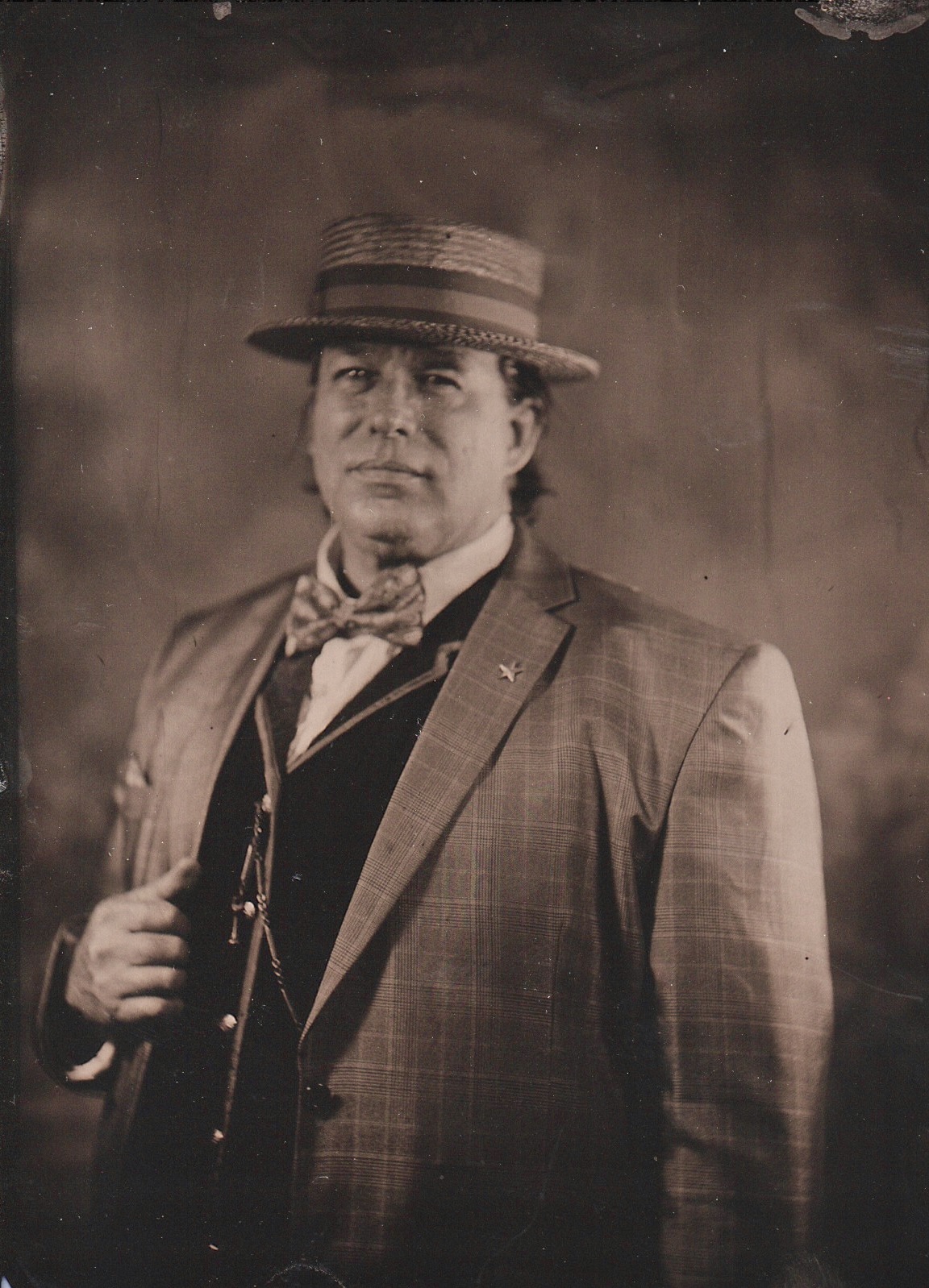
Tintype Portrait Day Event Recap
By Paige Bartello, LMHS Administrative Coordinator
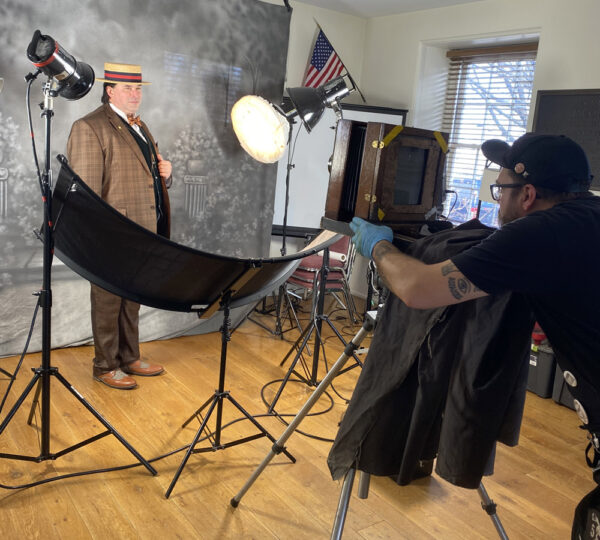
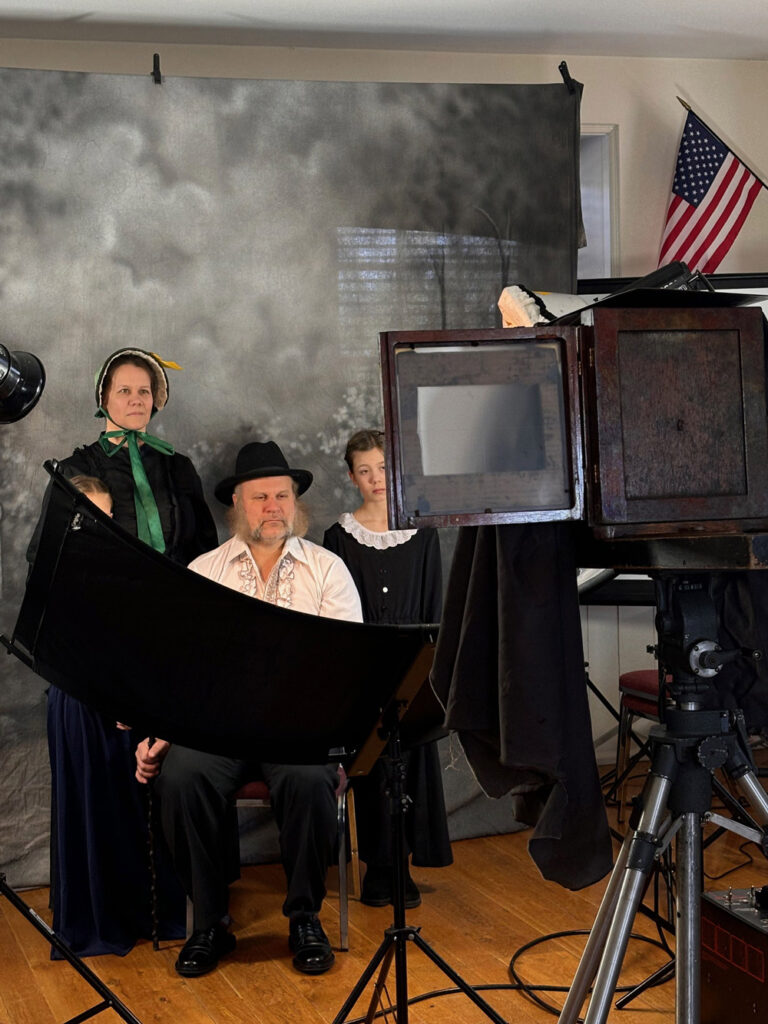
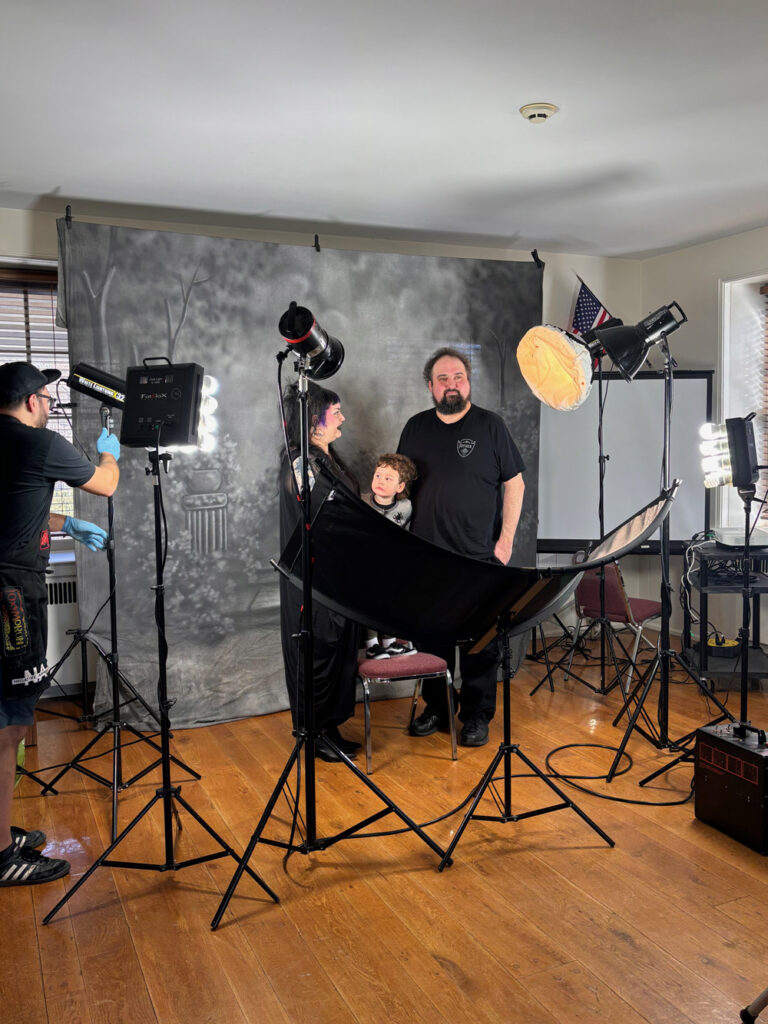
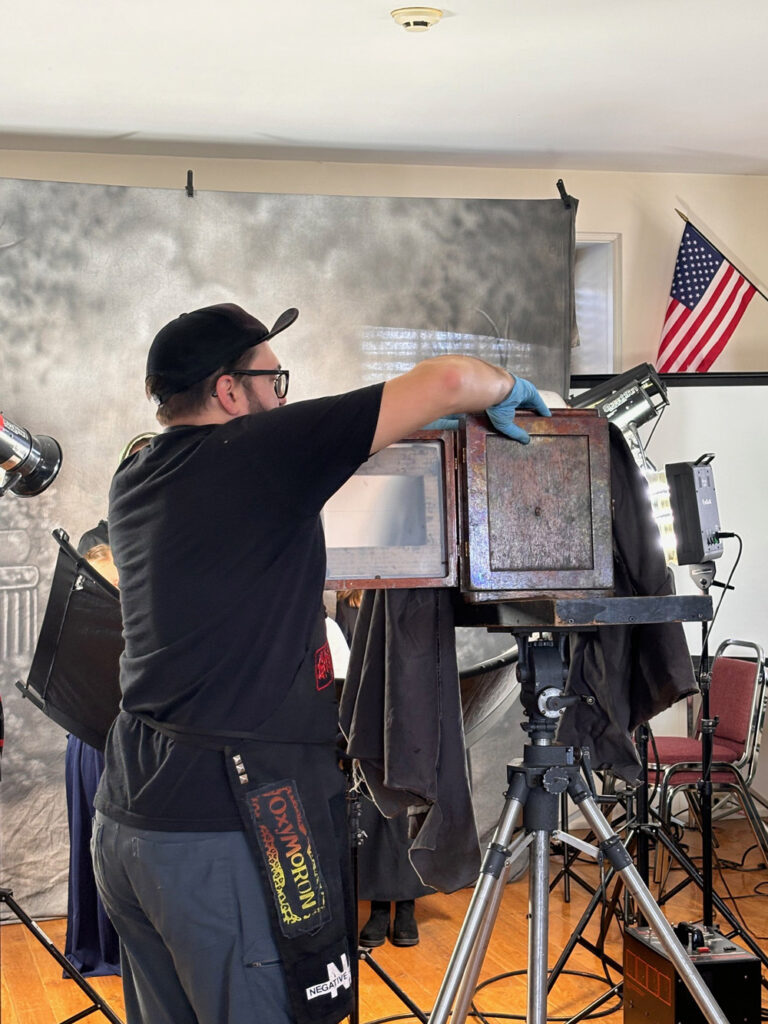
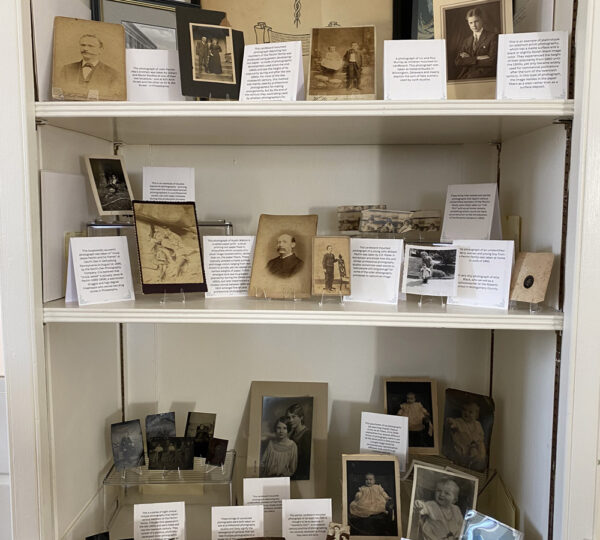

We had a wonderful meld of past and present at our inaugural Tintype Portrait Day on Sunday, March 9! Over 60 people attended portrait sessions scheduled throughout the day, and we are confident that this photo is the first tintype taken of the Board of the Lower Merion Historical Society! Some attendees chose to show off their finest Victorian and Edwardian dress for the occasion, and the photos turned out amazing! The natural light, excellent weather, and atmosphere of enthusiasm provided the perfect backdrop for the day. Everyone at the Society was delighted to see our 1812 building abuzz with history lovers, and we will surely be offering similar events in the future.
Dating back to the early 1850s, tintype technology is a vintage style of photography that creates a sturdy and long-lasting image on a thin sheet of metal processed with different types of light-sensitive chemicals. Tintypes were most popular during and after the Civil War, with use continuing through the 1930s. Since a tintype photograph is developed and fixed within minutes, it was a popular option for inexpensive portraits, first in formal portrait studios and later for novelty portraits in booths, tents, and other outdoor locations like carnivals and fairs. Given its size and robustness, a tintype could easily fit into a pocket for transport—many of us who carry photographs in our wallets can understand the appeal! This technology is now being revived, almost a century after it was last in common usage.
I initially found out about modern tintype photography through a tattoo studio owned by a friend of mine in Philadelphia. Crown and Feather Tattoo hosted events with Victorian Photography Studio Gettysburg and I always admired how the photos turned out, but I never had the chance to get one of my own. While I was exploring some of our unprocessed collections I found tintypes of Lower Merionites, and the project was set in motion! As a graduate student I was always particularly interested in the study of memory and this was an amazing opportunity to infuse public memory with personal memory making. In an age where most people aren’t printing and displaying their photos, this was an opportunity to not only capture a moment, but also watch the amazing tintype process from exposure, to process, to positive image.
Photography for the event was provided by Dave Wilson with Victorian Photography Studio Gettysburg and assistant Scarlett DeLorme of Hellcat Darkroom. Dave has been taking tintypes for almost a decade, and in the last few years teamed up with Scarlett for events in the Philadelphia area. He recently transitioned to living in New York and offers traveling tintype services on the east coast as Union Tintype. Dave is also interested in other early forms of photography, so stay tuned for an upcoming albumen print workshop using the Society’s collection of glass plate negatives!
This event could not have happened without the impeccable work done by volunteer Sara Spector. Working with our Pechin family collection, Sara processed and arranged hundreds of photographs spanning the late nineteenth and early twentieth century. She learned about photographic processes while choosing images from the collection representative of early advances in photography. Sara selected images indicative of advances in photography and even managed to identify some of the Pechin family members in the photos!
The images in the photograph display come from the Society’s collection of Pechin family records. Spanning nearly a century, the photographs and genealogical documents trace the Pechin descendants into the late twentieth century. For those unfamiliar with this family, Pierre Pechin, a French Huguenot, came to the United States in the eighteenth century. The family were prosperous tanners that lived and worked in Lower Merion. In 1814, Colonel William Pechin would be the first to publish the lyrics of Francis Scott Key’s “The Defense of Fort McHenry,” now known as “The Star Spangled Banner.”

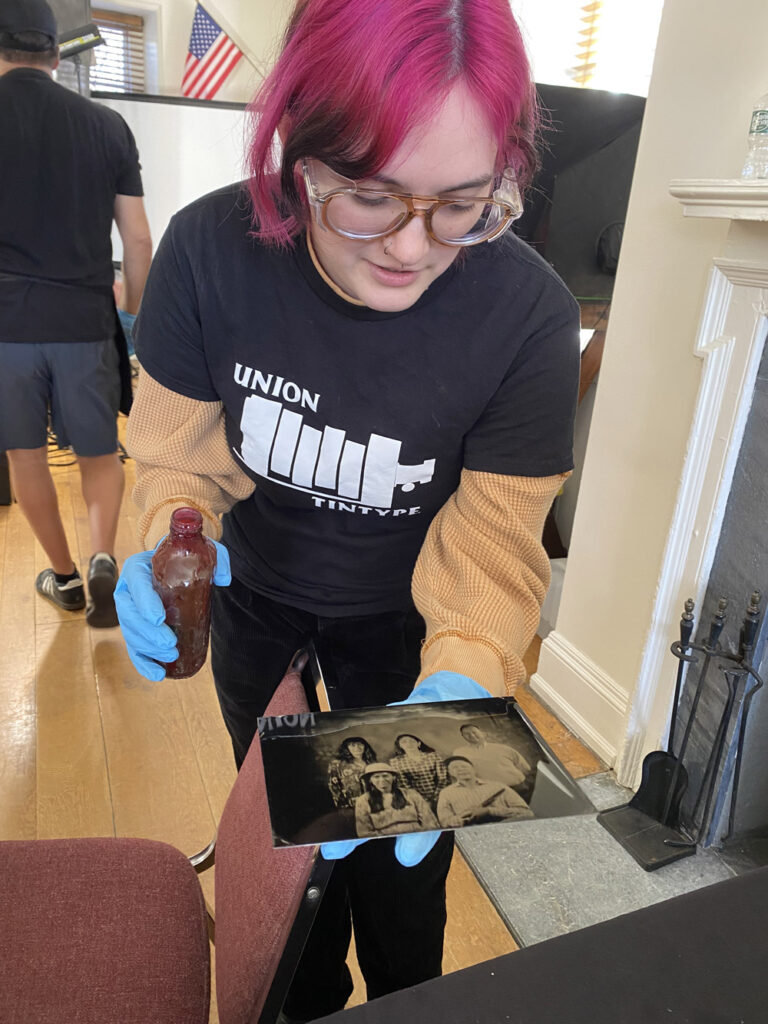
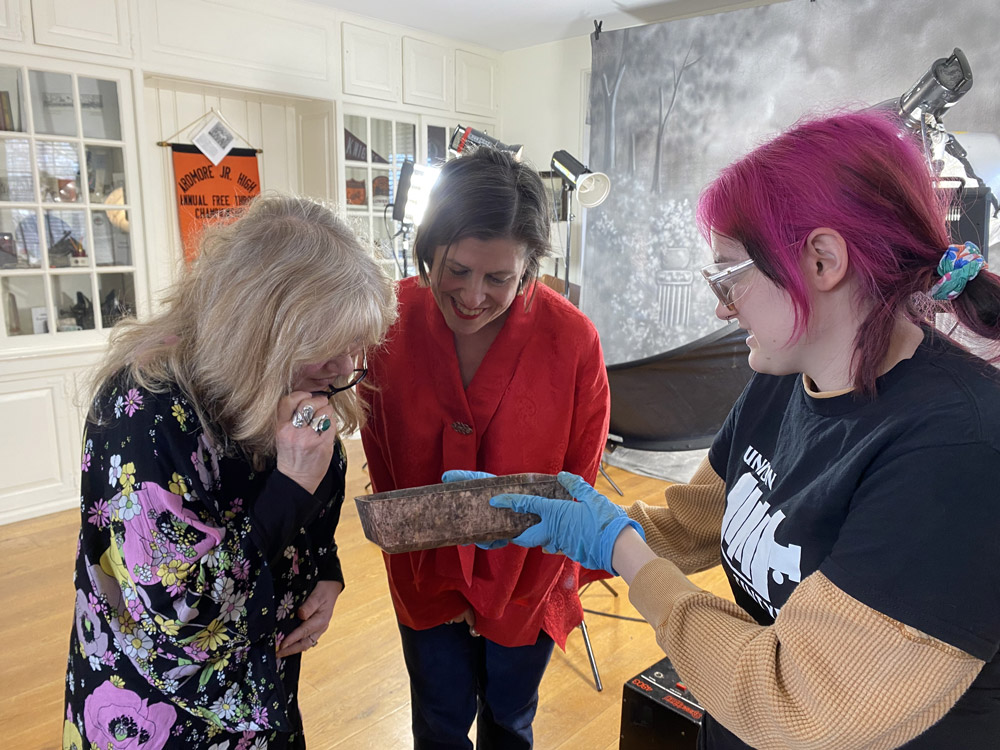
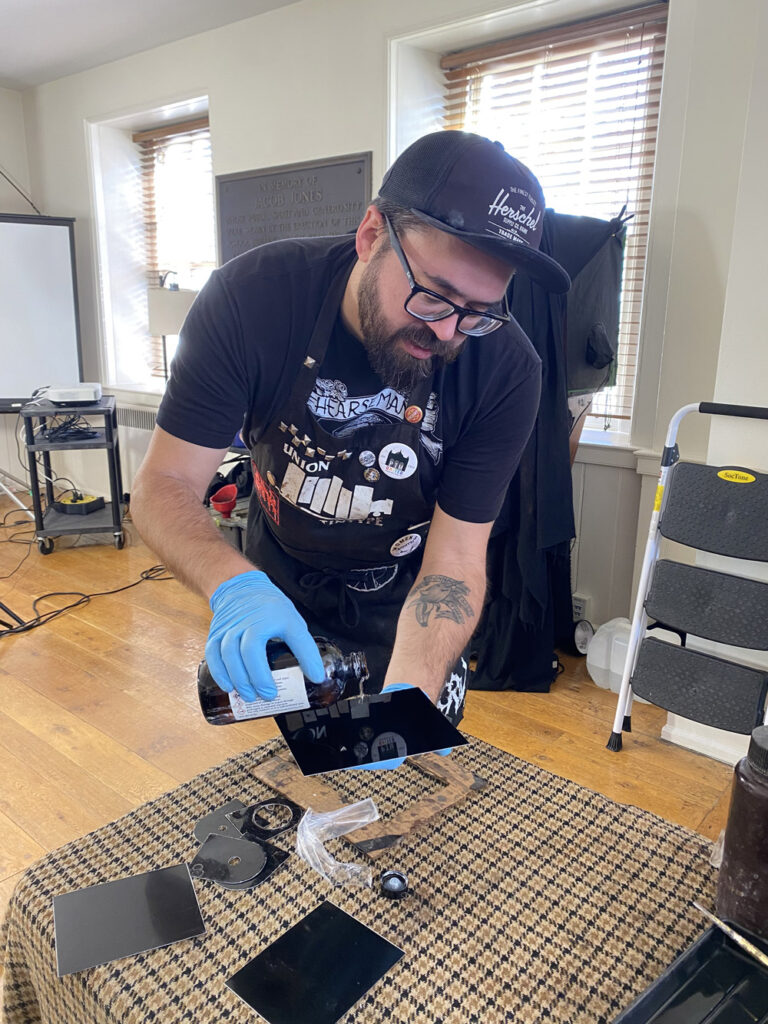


Share Your Story
One of the best ways to preserve history is through the tradition of storytelling, and we want to hear from you! Whether you’ve lived in Lower Merion or Narberth all your life or recently moved here, everyone’s got a story to tell. Share a brief summary of your story for a chance to develop it further and see it featured on our site!
Please note that, while we review all submissions, we’re a small team and are unable to reply individually due to the volume received. If we are interested in developing your story further, we will contact you.
Thank you for sharing your story with us!
Milestones Newsletter
Milestones is the email newsletter of the Lower Merion Historical Society. Visit the Milestones page to sign up and view archives of past issues.
